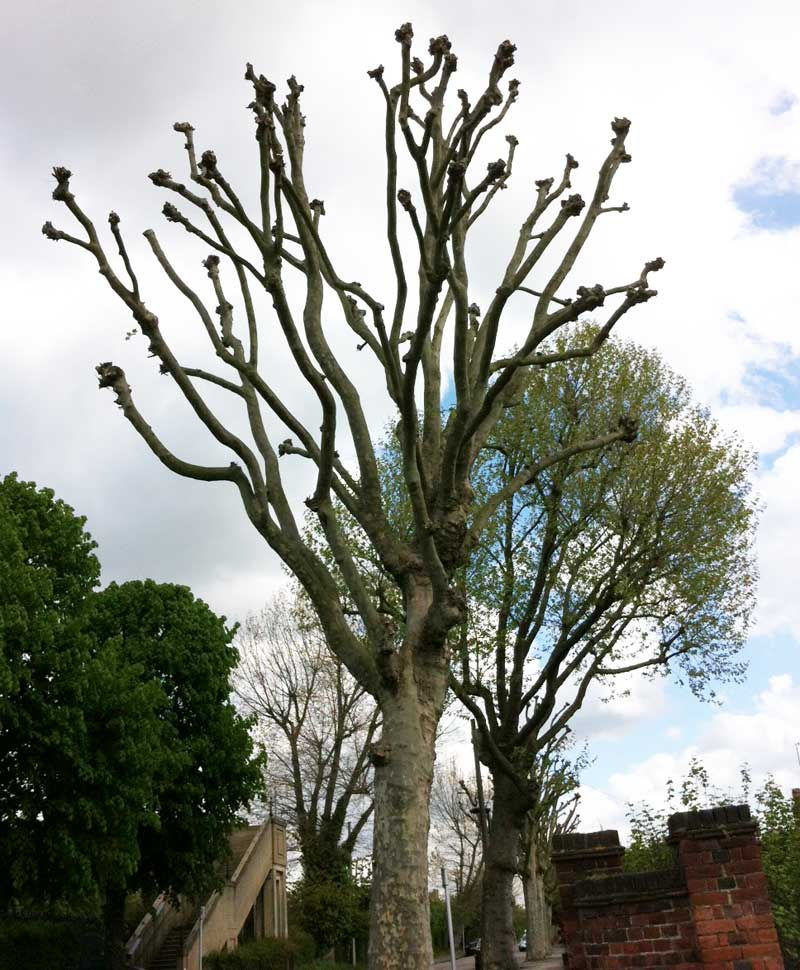POLLARDING
- timwilshire@aol.com

- Apr 4, 2019
- 2 min read
To “Poll” was originally a name for the top of the head, and “to poll” was a verb meaning “to crop the hair”. Traditionally pollarding was preferred over coppicing in wood-pastures and other grazed areas. Coppicing was a problem for the woodsman who also owned livestock as the practise involves pruning woody plants or trees to almost ground level. As soon as coppice stools put on new growth, the new growth would grow at the same level as the pasture in the path of grazing animals. So the obvious solution was to pollard; a pruning technique where trees or woody shrub are pruned to a height out of reach from hungry animals. Nowadays pollarding is beneficial to our gardens for a wide range of reasons, it is an effective way to reduce the amount of shade cast by trees, it prevents trees from outgrowing their local environment and can also be necessary in urban situations where trees might hinder neighbouring properties or overhead cables. Many different species of trees can be pollarded on a regular basis and in some cases it can be an effective way to rejuvenate a tree and to prolong its life.
When To Pollard a Tree Pollarding is best carried out during the dormant winter months, when the leaves of deciduous trees have fallen, it’s much easier to see the shape you are creating and there’s less stress to the tree as there is minimal loss of sap. Insect and fungal infection is reduced during cold months, as these possible sources of infection are not active. Of course there are always exceptions and Walnut trees are best pruned in July.
LWTreecare can advise you on all aspects of tree pruning and tree care.







Comments